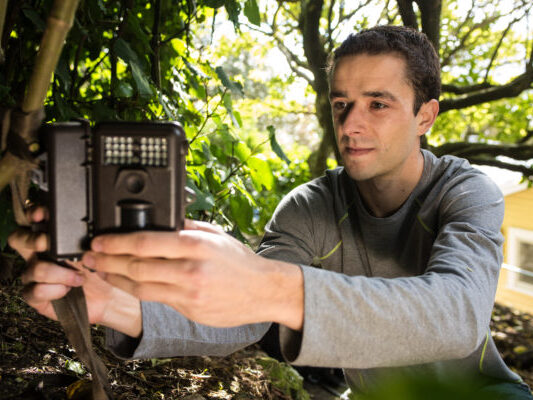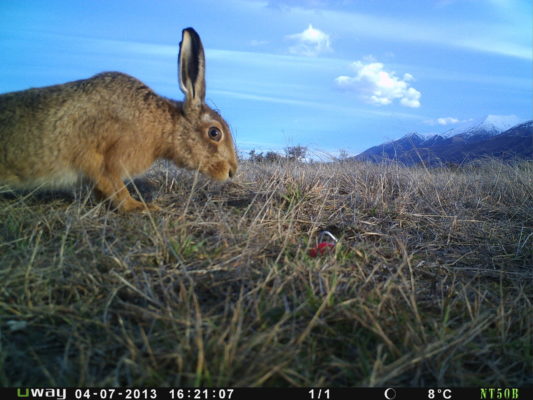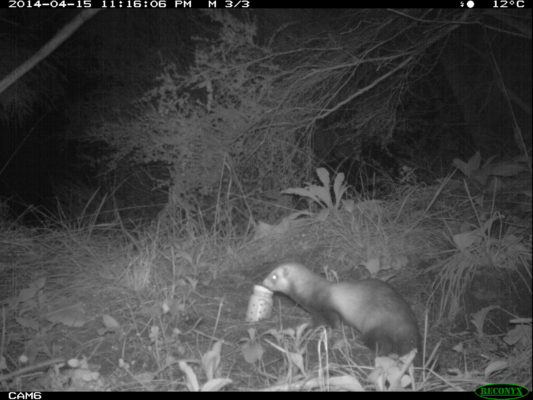ON THIS PAGE
Introduction
Trail cameras or camera traps can be an effective and highly sensitive tool for monitoring wildlife, especially predators that are shy to other monitoring tools. Cameras can capture a wide range of animal species, and also provide information on animal behaviour.
Cameras collect large volumes of data that can be time-consuming and expensive to process. Automated species recognition software is being developed for camera trap users to access right from your laptop or computer. This is ongoing research that is rapidly expanding its repertoire of animals it can identify and is soon to be released.
The image recognition software will be freely available through the Trap.nz website. Trap.nz is already used by people to record predator control data including mapping camera traps. It allows users to upload camera trap data that can be manually sorted, e.g. by citizen scientists or students working on school projects. Automated species recognition will be added soon.

In a recent webinar scientist, Dr Al Glen discussed cameras and their use monitoring the abundance and distribution of wild animals. He also covered new and exciting developments with artificial intelligence to identify species in photos.
If you’re looking to buy a trail camera, Dr Al Glen recommends trailcampro.com, a website with a comprehensive range of cameras that have different specifications to fit different situations.
What is the right kind of camera?

If you’re thinking of buying a camera to monitor predators, Groundtruth suggests a few things to consider to ensure you’ll get the best results:
- The detection range should be as close as possible to the field of view
- Trigger speed should be at least 0.3s or faster
- Water resistance should be IP66 minimum, meaning it is resistant against powerful jets of water
- No need to be higher than 720p resolution
Note: possums are light-shy and can be alerted by infrared cameras. This is not an issue if you are simply wanting to monitor the presence of predators. However, it could affect how possums interact with a nearby trap. There are no-glow cameras available that do not alert possums.
Thermal cameras vs. conventional cameras
Both thermal cameras and conventional cameras are tools for monitoring introduced predators. We’ve compared them so you can decide which camera would be best for your situation.
According to the Cacophony Project, conventional trail cameras are cheap and offer high image resolutions. However, because they are designed for detecting larger animals such as pigs and deer they can miss smaller, fast-moving predators that we are often trying to monitor in New Zealand.
Thermal cameras are more sensitive at detecting smaller predators, but they are a lot more expensive and typically have lower resolution.
Why use a lure?
Introduced predators are fast-moving, but using a lure will distract them.
They will pause to inspect the lure and the camera will be able to capture a clear photo.
Furthermore, if you are placing cameras in a low-density predator area, you can use lures like chew cards to attract predators to your camera.


